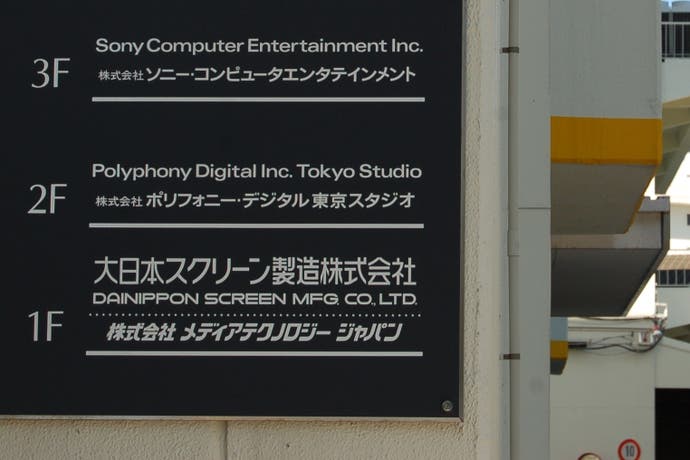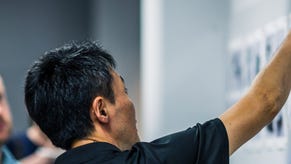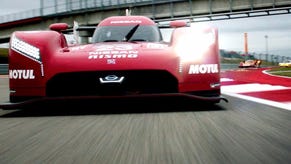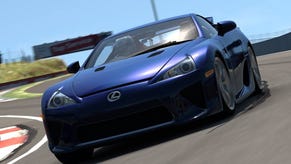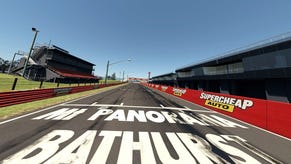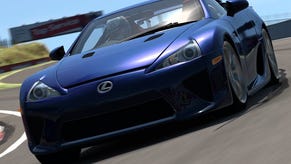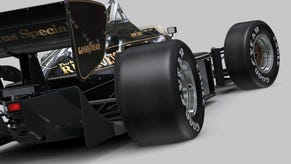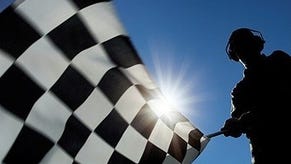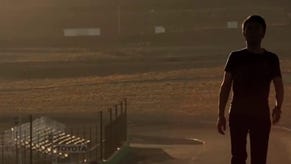Inside Polyphony's house of cars
A rare look within the walls of the studio behind Gran Turismo.
One of the many privileges of writing about video games is getting to go up close and personal with the places in which they're crafted. If you've got any love for games, the worlds they conjure and the spell they can cast then going to a studio can be like visiting the chocolate factory.
Getting to head inside Polyphony Digital, makers of Gran Turismo, a studio which rarely opens its doors, feels that little bit more special, especially if you've any interest in the sometimes thrilling, sometimes strange and always interesting driving games that Kazunori Yamauchi's team makes. So here's a look inside the walls of Polyphony's Tokyo studio, told in (sometimes crude) photos. I should probably learn how to use these camera things before doing one of these again.
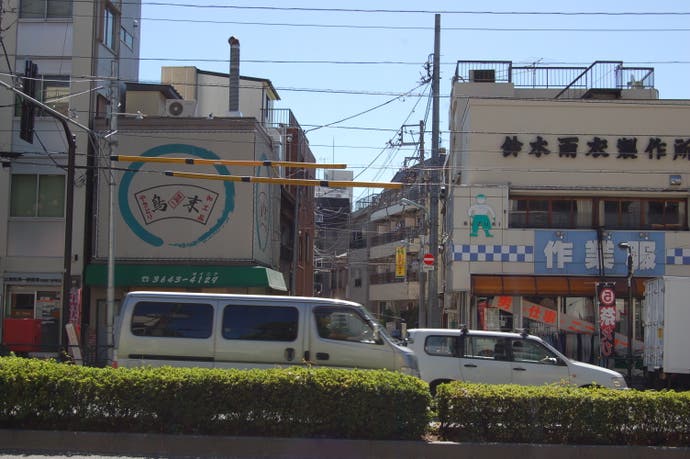
Polyphony started life with a small office that sat on the side of Tokyo's Route 246 - a road that was paid tribute to in subsequent games - before moving out to the Koto ward around three years back. Set on the waters of Tokyo bay, it's an unremarkable backdrop.
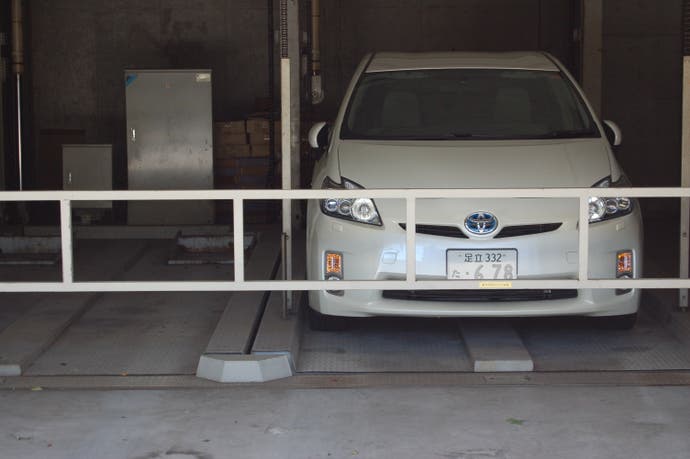
I put a level 17 gift car ticket in a local garage and all that came out was this Toyota Prius ☹☹☹☹☹☹☹☹☹

It's become a bit tired to point out how drab some of studios' locales are, but seriously, Polyphony's offices are super dreary. It's a block of concrete that backs out on to the Sumida river, and that's all there really is to say for it.
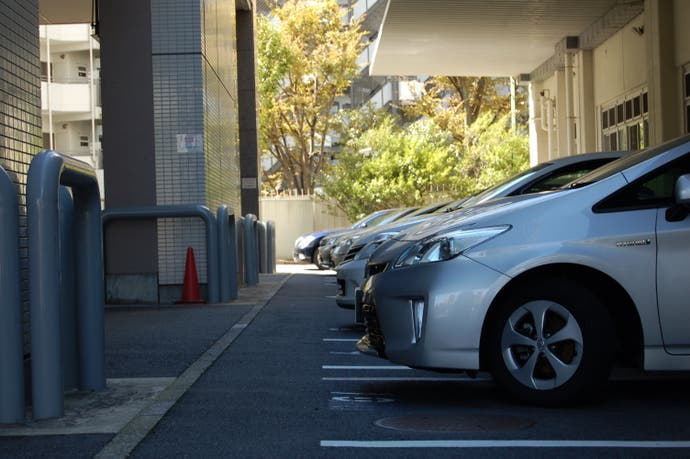
I was hoping that Polyphony's car park would be full of muscle, style and exotica. Instead it's full of Toyota Prii and a couple of Vitzes. Be still my beating heart.
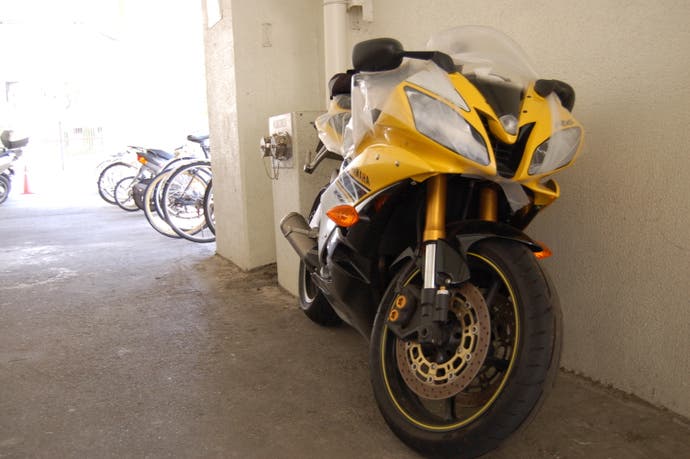
There was this Yamaha R6 which looked like it'd just rolled off the factory line parked out back though. OMG Tourist Trophy 2/bikes in GT6 confirmed!
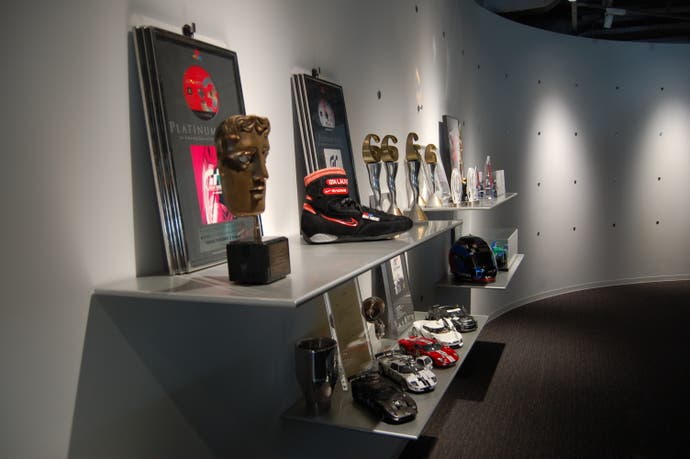
Polyphony's trophy cabinet is bulging. The best part of the display is probably Yamauchi's crash helmet, though - a reminder of his racing career, which has been bubbling along in the background in recent years.

The amount of racing gear and small trophies littered around the desks at Polyphony suggest that Yamuchi's not alone in pursuing real-life racing outside of work. There are also plenty of bikes propped up against desks - the commuting vehicle of choice, it would seem. "I don't know how many wheels there are here, but it's a lot," Yamauchi says. He rides into work in a Nissan GT-R himself, of course.
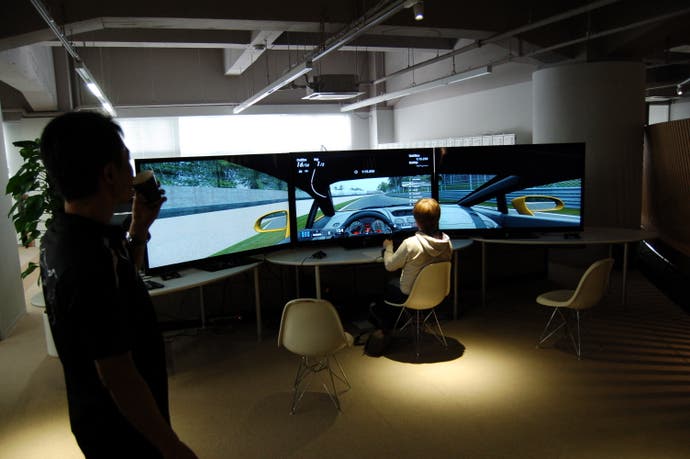
This three-screen set-up is where Yamauchi spends hours training before big races, piling the miles on around the Nordschleife in preparation for the 24 hours. I thought it was interesting that most of the wheels in the office were Logitech Driving Force Pros, and there wasn't one of the upmarket Thrustmaster T500s in sight. Force feedback will be improved for those wheels, Yamauchi said, but unfortunately it seems that clutch control won't. Yamauchi thinks that it's hard to replicate proper clutch control unless you have force feedback on that third pedal as well as on the shifter itself.
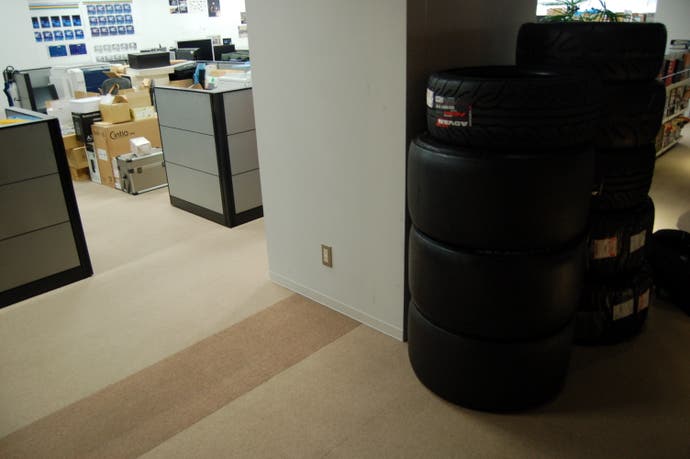
A selection of tires sit in a shaded corner of the office. Given Forza's big push on tire simulation this year I thought it'd be interesting to get Yamauchi's take on how important it is in simulation (Gran Turismo has its own partnership with Yokohoma), and whether the suspension upgrades brought through Polyphony's partnership with KW are worth more when it comes to recreating the feel of a car. "There's a limit to what you can gain from just measuring tires," he said.
"You can place a tire on a tire bench to measure its characteristics, and you get a variety of data from that test, but that tire's not exactly the same as a tire that's in an actual race and is heated under those stress conditions. On the other hand we drive the real cars, so we have this immense amount of logging data that came off the cars. We also have a simulator. And it's all about how we balance that triangle between the three. And what we do is exactly the same as what a company like Red Bull Racing does with their cars - they also try to balance that triangle between all three. All the top F1 teams try to do that, but it still results in a huge difference between the teams. There are so many factors, and there are unknowns that aren't really clear."
Yamauchi likes to make comparisons between Polyphony and other motor racing outfits - you sense he has more affinity with them than he does other video game developers.

Yamauchi's office features a small Gran Turismo 6 rig so he can take to the track whenever he wants. The reading material's telling, too - it's a book on the laws of turbulence, showing how far he's going to replicate the effects of aerodynamics on Gran Turismo 6's cars.
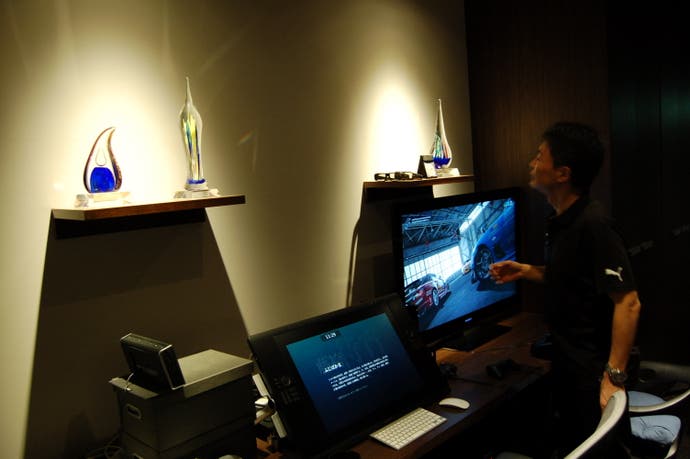
Above Yamauchi's desks are the trophies he's picked up for his successes in the Nurburgring 24 hour race. They're not the most impressive collection in his office, though - taking up an entire corner are six wardrobe-sized chillers, stocked full with vintage wine. The guy's a player.

Some designs created in collaboration with Adrian Newey for the Red Bull concept car. At the far end of the wall were designs for the X2014, Gran Turismo 6's updated version of the ludicrously quick car.

The development floor at Polyphony is like a well-stocked toyshop. Models provide good reference for those in charge of creating car models, and for the premium ones it's a job that takes about six months of work. Rather than scanning cars in Polyphony likes to sculpt its cars by hand still, chipping into digital clay in Maya to create the final forms.
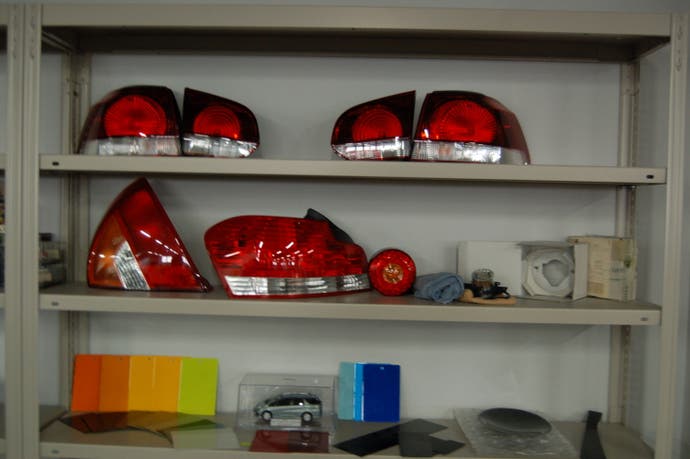
And this collection probably explains why no-one does headlights quite as well as Polyphony.
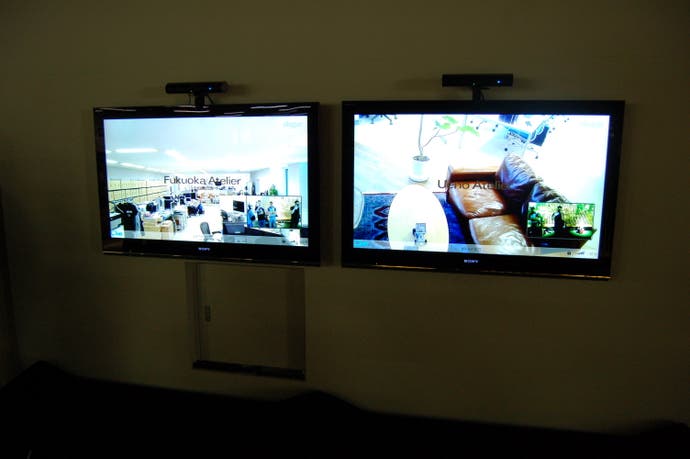
The Tokyo office is just one of Polyphony Digital's studios - 50 of the 150 staff work in a separate office in Fukuoka, and this screen provides a permanent link between the two. The numbers in both fluctuate, too - in the wake of the Fukashima disaster many of the staff and their families relocated to the Fukuoka office.
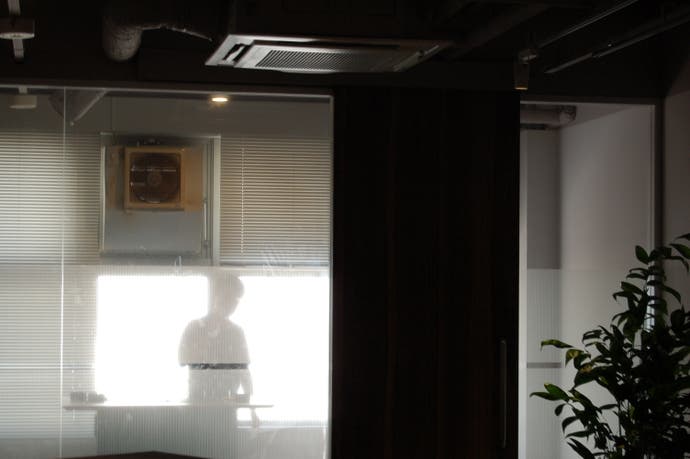
Yamauchi loves cigarettes almost as much as he loves cars. There's a smoking area which he darts to between meetings, and he'll often puff away in the air conditioned expanse of his own office.
